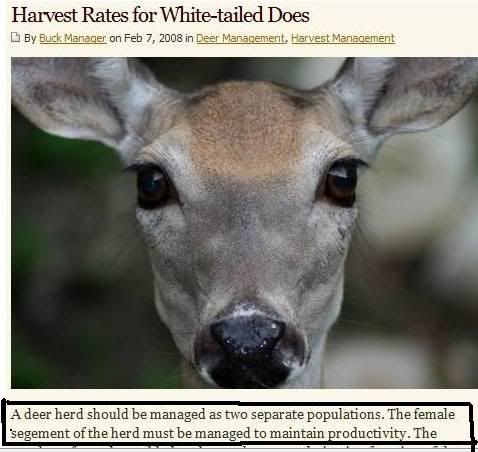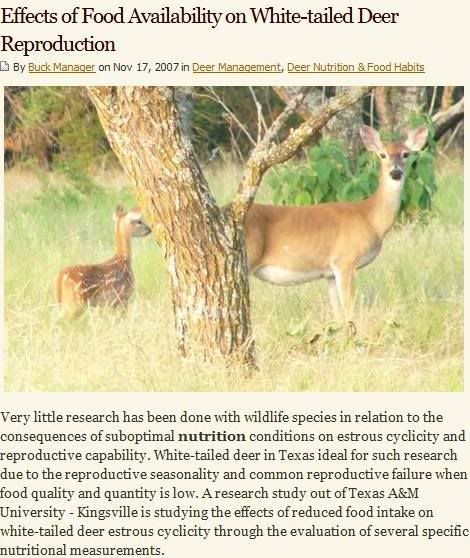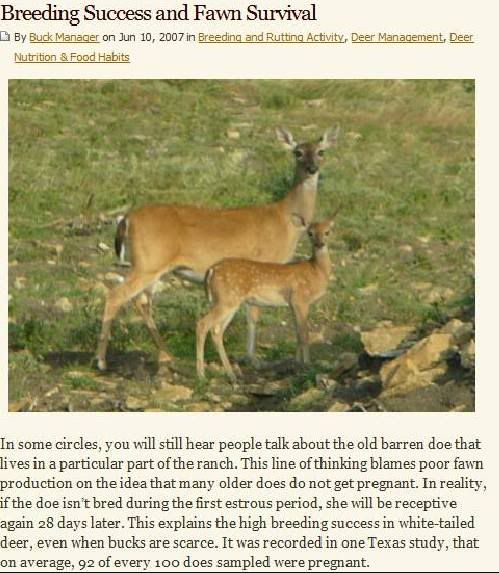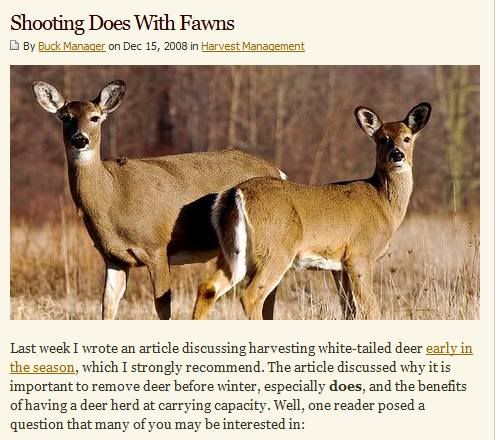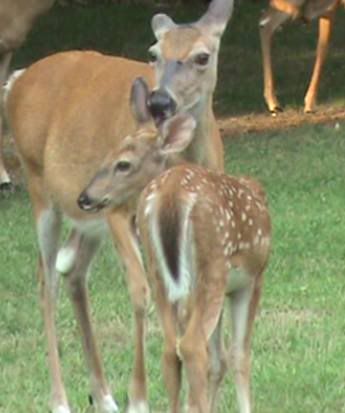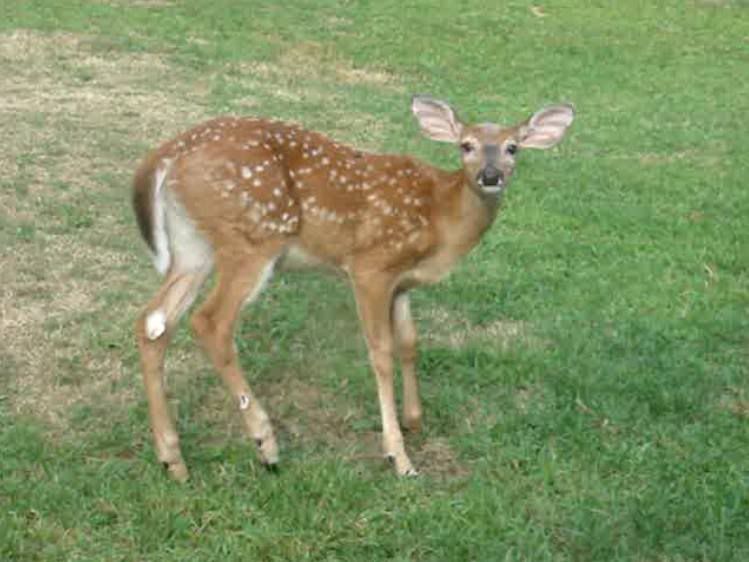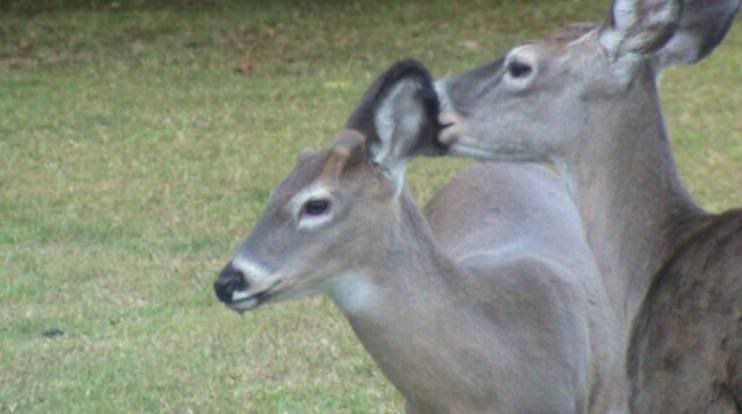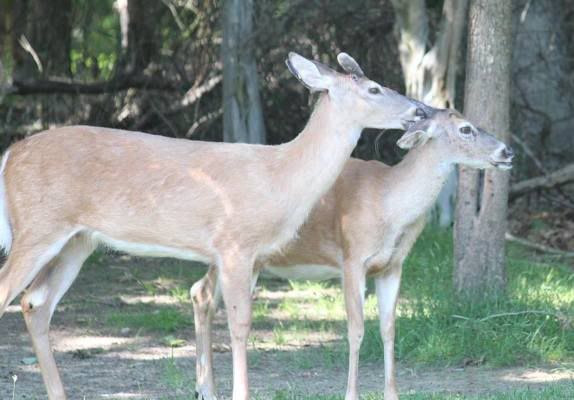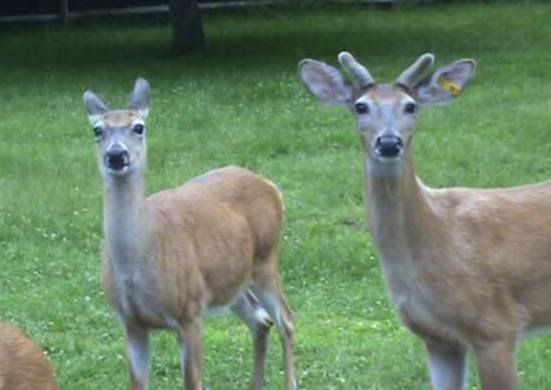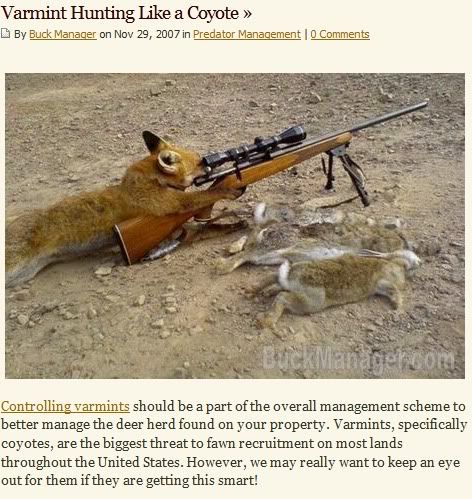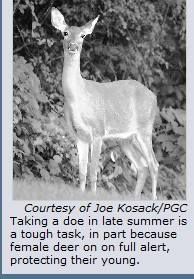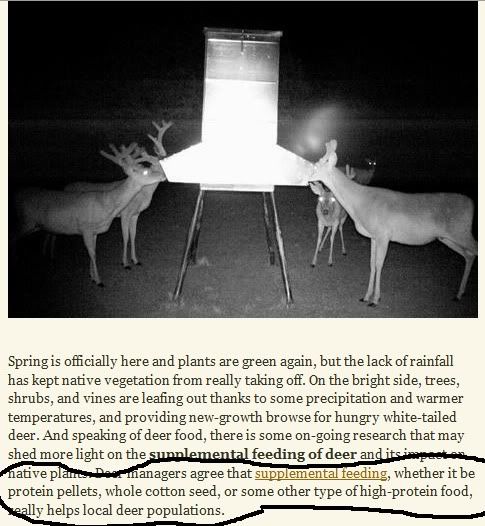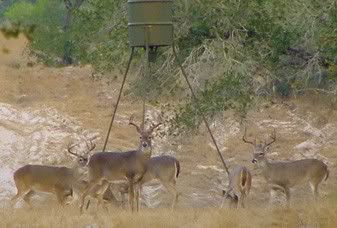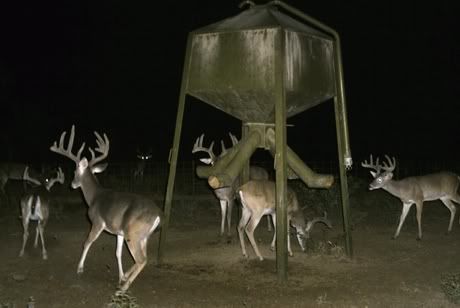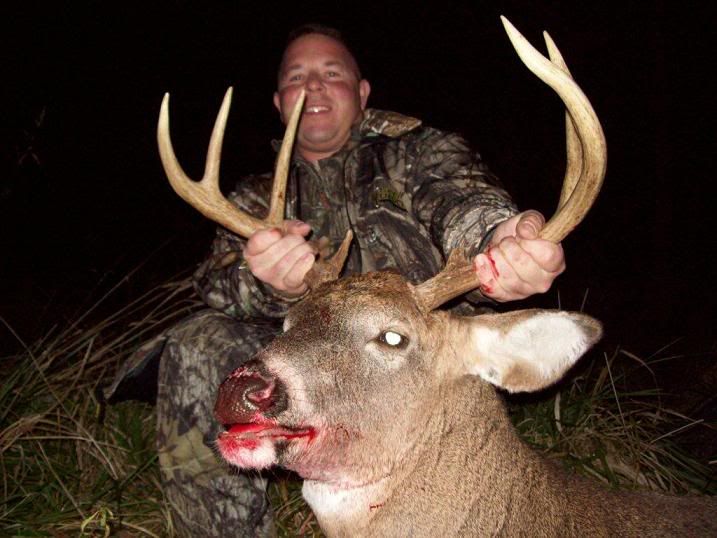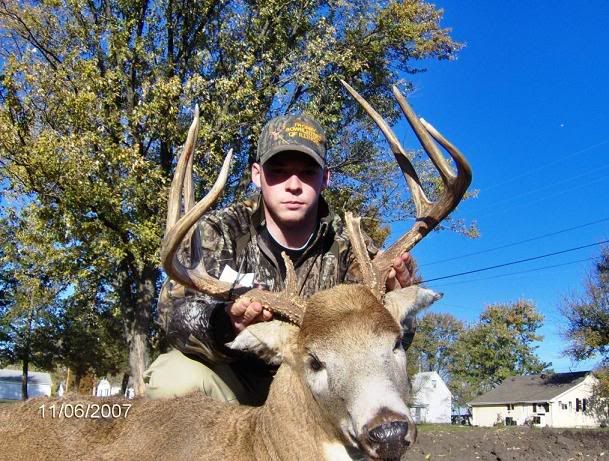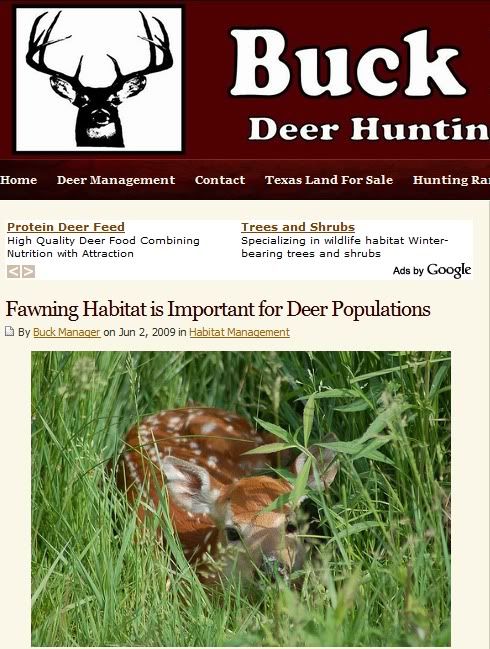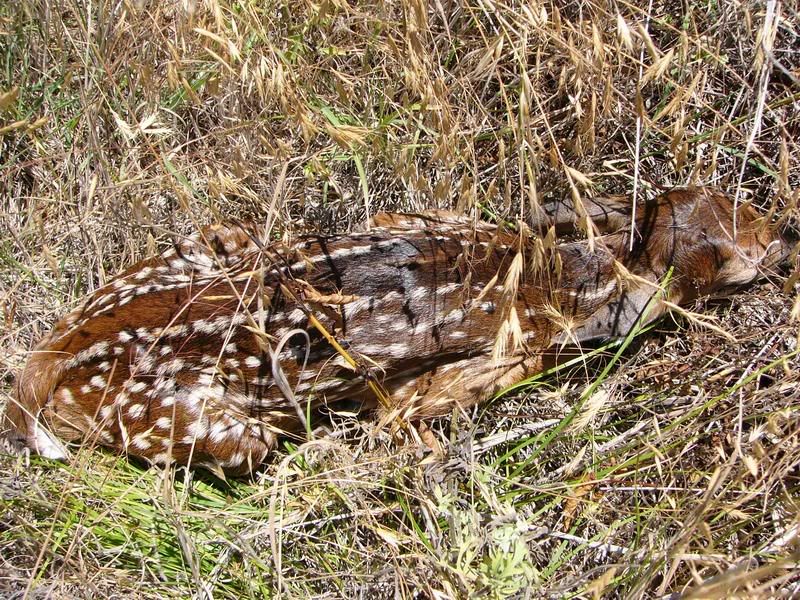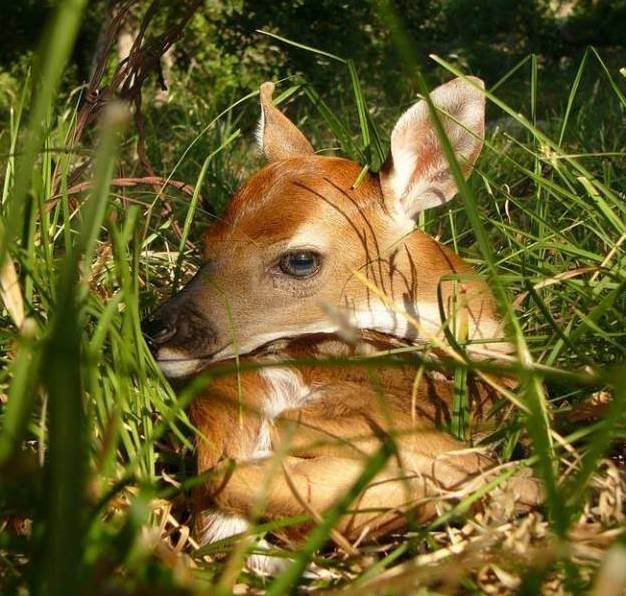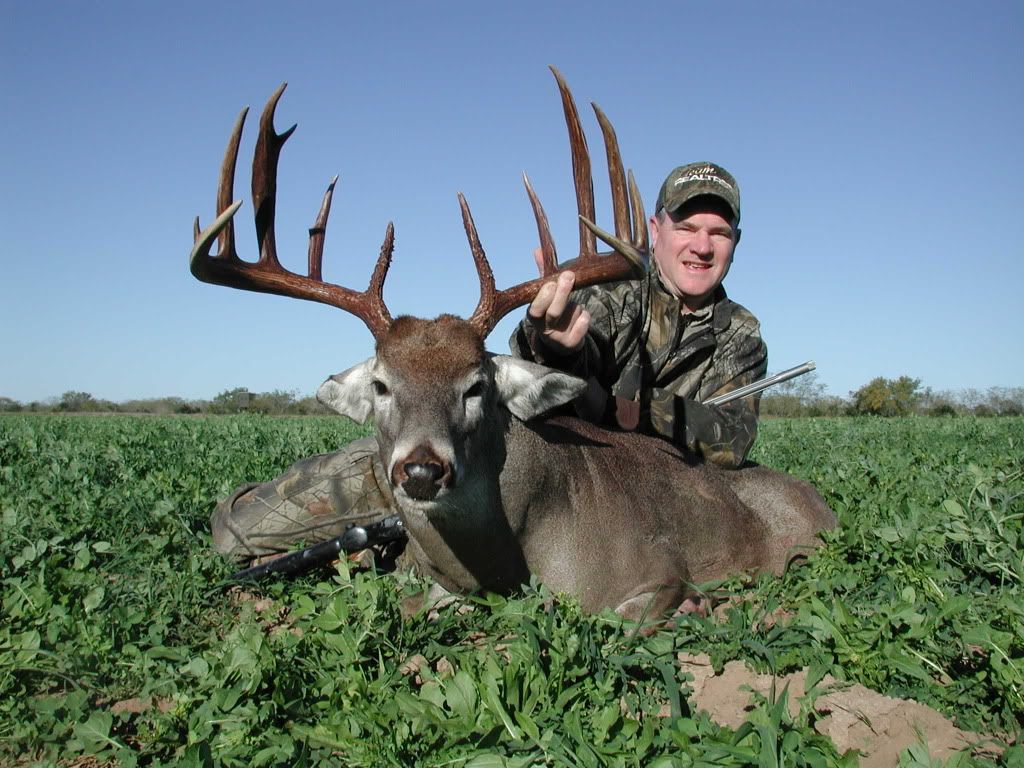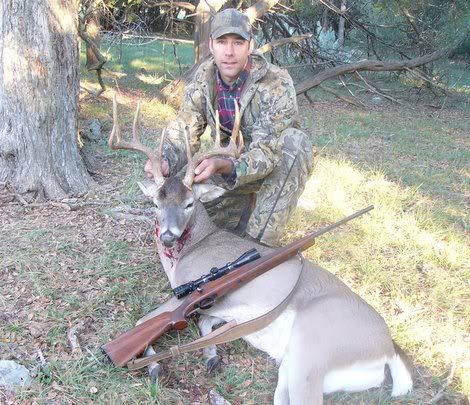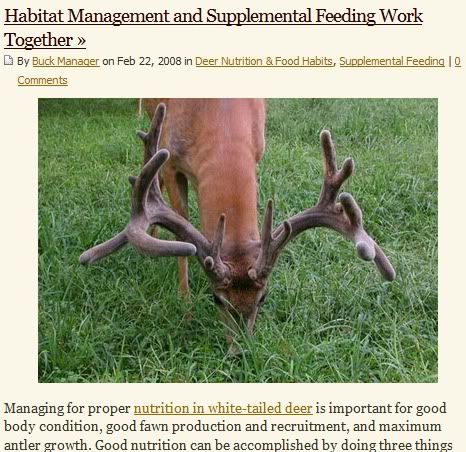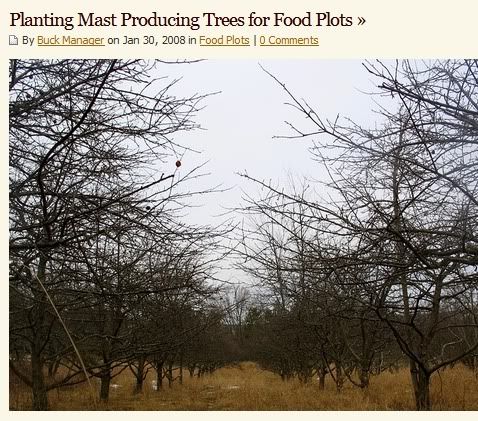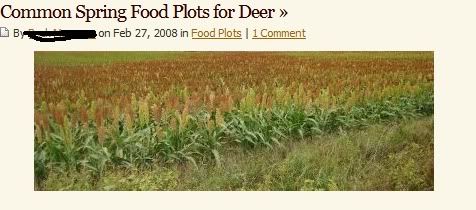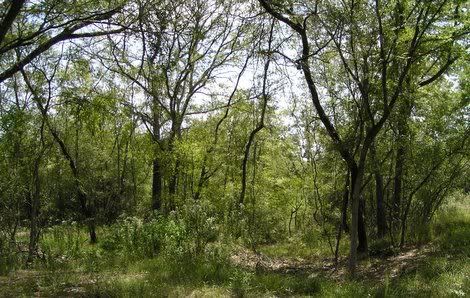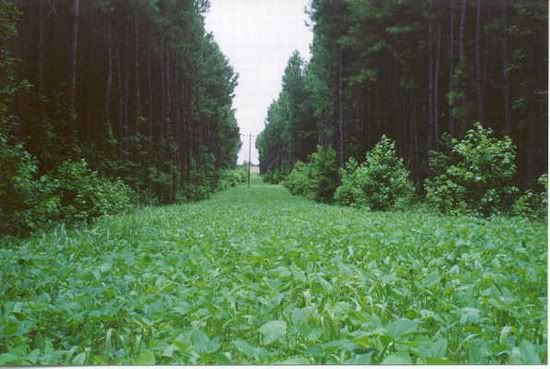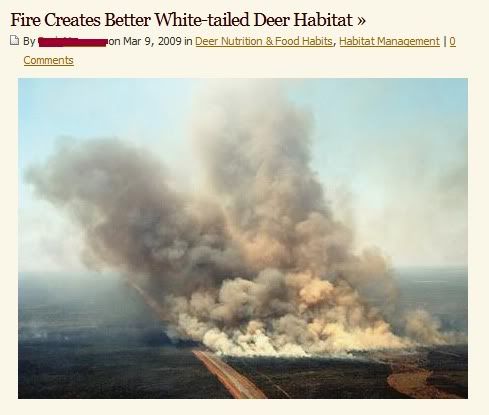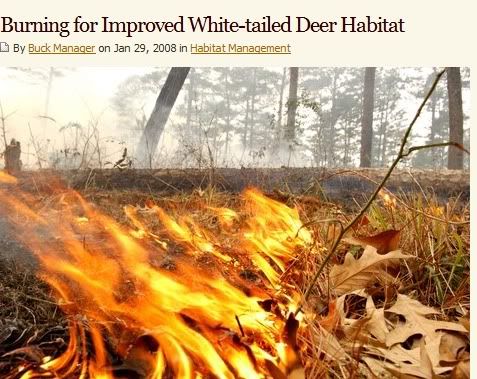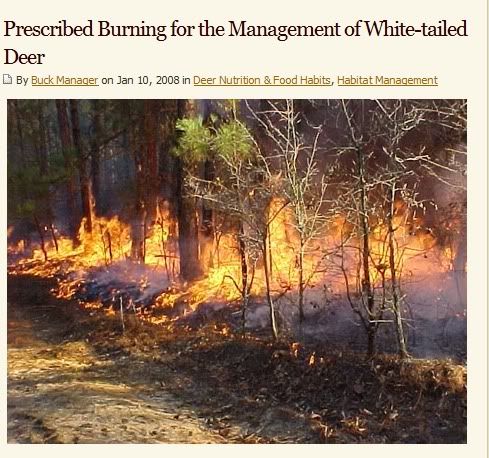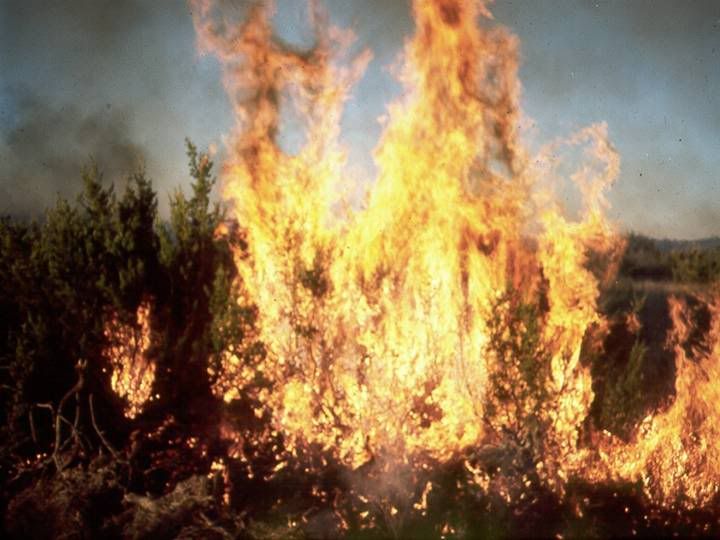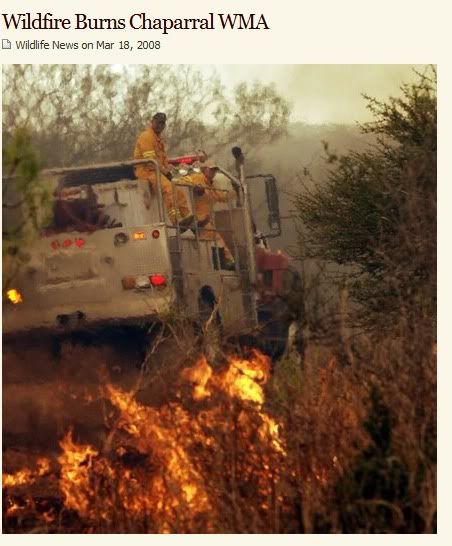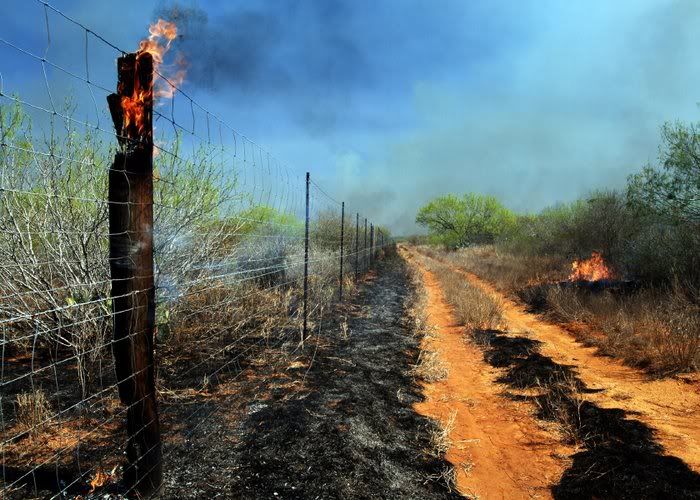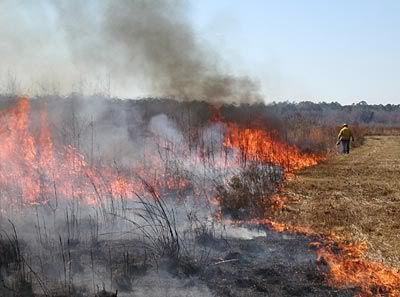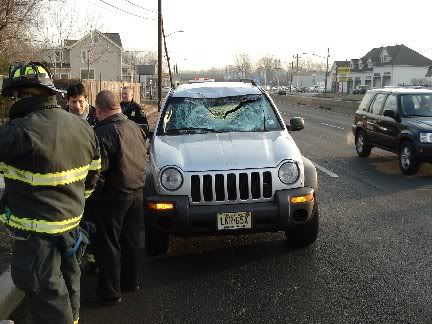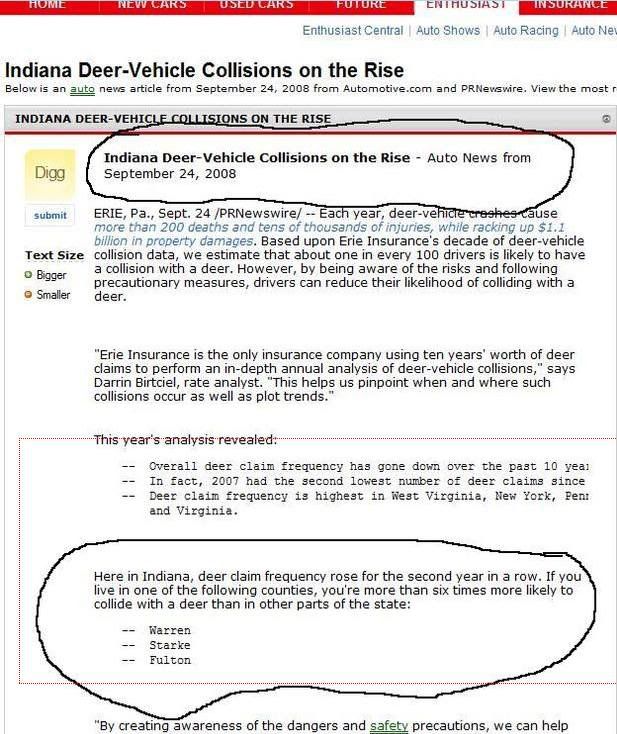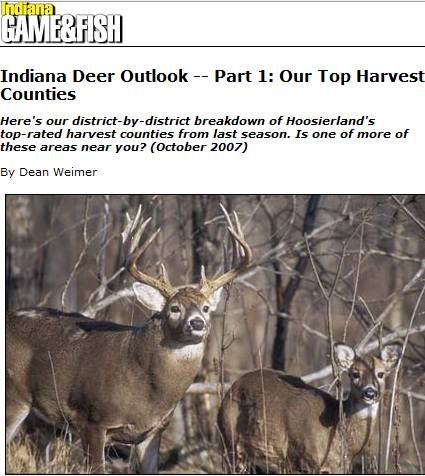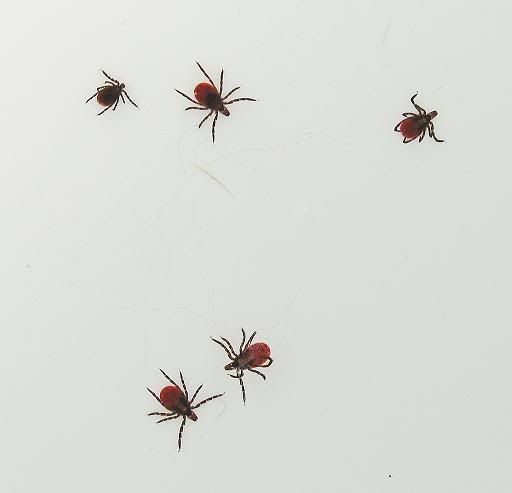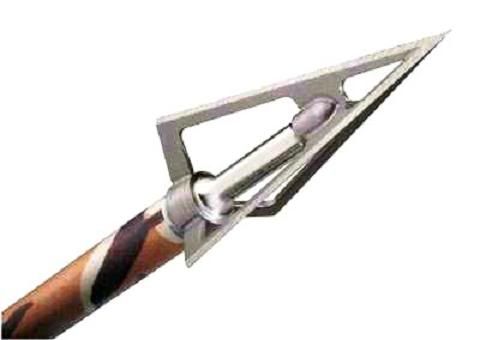Why are hunters supplement feeding deer?Watch the video
What is "Fawn Crops"?
It's easy to see how a bowshot (gun shot also) deer can cause deer to run to the road here
Deer Vehicle Accidents has more then DOUBLED in state with most hunters!
click here
Where did I get my information about creating large deer herd and big rack deer? here is one of the several sites I have found.
Hunters like to hunt deer when deer are most active and here is what I found.
"The second reason is that they didn't get to live 3 1/2 to 5 1/2 years by being completely stupid. These mature bucks have patterned hunters throughout their lives. They know that most hunters hunt from daylight to about 9:00AM, and in the afternoon from around 3:00PM to dark. " Hunting and shooting info
"Dawn
The earliest hours of the morning are among the highest for deer movement. It's best to get to your blind or your station before dawn. Set up when it's still dark and you won't disturb the deer as they wake up in the morning."
"Dusk
# Dusk is the best time for deer hunting. First of all, hunters at dusk will have the converse advantage that dawn hunters had, as deer return to their beds. However, dusk is also a time of other increased activity. In the warmth of early autumn, depending on the climate, the deer prefer coming out to feed at dusk rather than through the heat of the day. In late autumn, when most hunters hunt, deer are liable to be more active at dusk because of the rut. Bucks will be chasing does, and both will be less cautious than usual, and more likely to wind up in the wide open in good position for a shot. Get out to your position two hours before sunset and wait for the increased activity. "
The best time to hunt deer click here
What is the best time of day to deer hunt?
" Most hunters seem to prefer early and late. Deer are moving in the mornings back to their beds from feeding, and visa versa in the evening going to the fields to feed. "
"Best time to hunt deer is early morning and evening. Deer are mostly nocturnal animals; they prefer to feed at night. In the mornings, you will see them as they to into the woods to find a nice safe place to bed down for the day. In the evening, right before dusk, they start moving around, as they are hungry and want to go out again and feed."
Hunters like to say that hunting is not allowed at night which is when DVA's peaks during the fall season. The peak time according to Ontario Transportation is early morning (5am-7am) and after sunset (5pm-11pm) in NY D.E.C it says " with most of the collisions occurring between 6:30 and 7:30 AM and 4:30 and 6:30 PM" in another it says "Be especially alert driving between sundown and sunrise". Here is another ...* "Deer Vehicle Accidents are most likely to occur between 5 AM - 8 AM and 5 PM - 9 PM." And remember this... The report also confirms that most wild animal collisions occur during early morning (5am-7am) or after sunset (5pm-11pm).
**Deer hunting is permitted one half hour before sunrise and one half hour after sunset.
PS. Most importantly is that Hunting organization are deliberately creating this large deer herd and of course antlered deer for the purpose of recreational hunting. Here is another quote among many I have found that proves they are "producing" deer for sports hunting. From a website called North American Whitetails and title of their post is "Are your deer hungry" ?
"Let's assume that 75 percent of a whitetail's daily food consumption consists of prime agricultural crops, the other 25 percent of native browse. Such heavy utilization of food plots isn't theoretical; at North American Whitetail's Fort Perry Plantation in Georgia, agricultural crops make up 80 percent of the herd's annual diet.>>> And under management, the deer density increased to more than five times that of natural carrying capacity<<< - even as the health of the natural habitat steadily improved. In the West, whitetails in river-bottom habitat with irrigated alfalfa are almost fully dependent on that crop when it's available. >>>The same trend is true in the Midwest and Central Canada.)
Here's the key to why whitetails do so well when provided with the right food plots:<<<
Gee, and all this time we thought it was about "reduction" of deer population.
*****
Another important note: Hunters are allowed to be in the forest tracking wounded deer after dark and tracking is most common in bowhunting but in shotgun hunting too. Here is a quote from tracking wounded deer site.
* "When trailing at night use a couple of the Chem Lights that you can get at WalMart for less than a buck. You don't use these as lights to see blood, but they are hung on limbs at the last blood found. That way nobody has to stand on the last blood and everyone can easily see where the last blood found is at"
"The worst thing you can do when tracking a deer at night is to head out immediately. Fear will increase adrenaline in the deer and cause it to run longer and faster, and your approaching footsteps will instill that fear. Wait 30-45 minutes before you attempt to find a gunshot or bow-shot deer, then begin your trek in the most logical direction. Just make sure you watch which way the deer ran as it flees the site."
Tips for Tracking Deer at Night
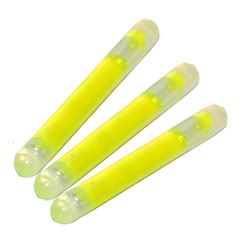
"Let the deer layup and die" will show you not only are recreational hunters cruel and heartless but how they will wait for the animals to die as to not spook him to run further from fear. Overall there are a lot of waiting and tracking to do especially from bowhunting although this pertains to shotgun too.
If hunters are so "concerned" about DVA's then why do the DNR and hunters rejects deer birth control ? Why do they continue to lie and deceive the public about IC? click here knowing full well that DVA's continues to be a problem even with hunting!

